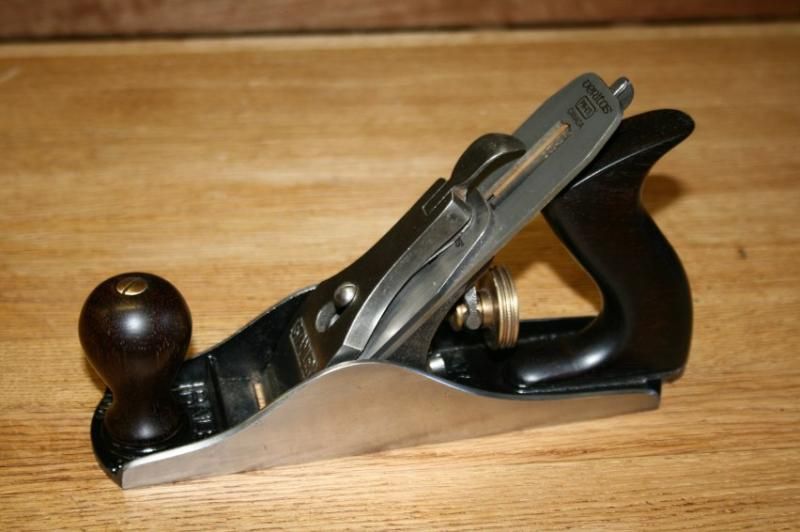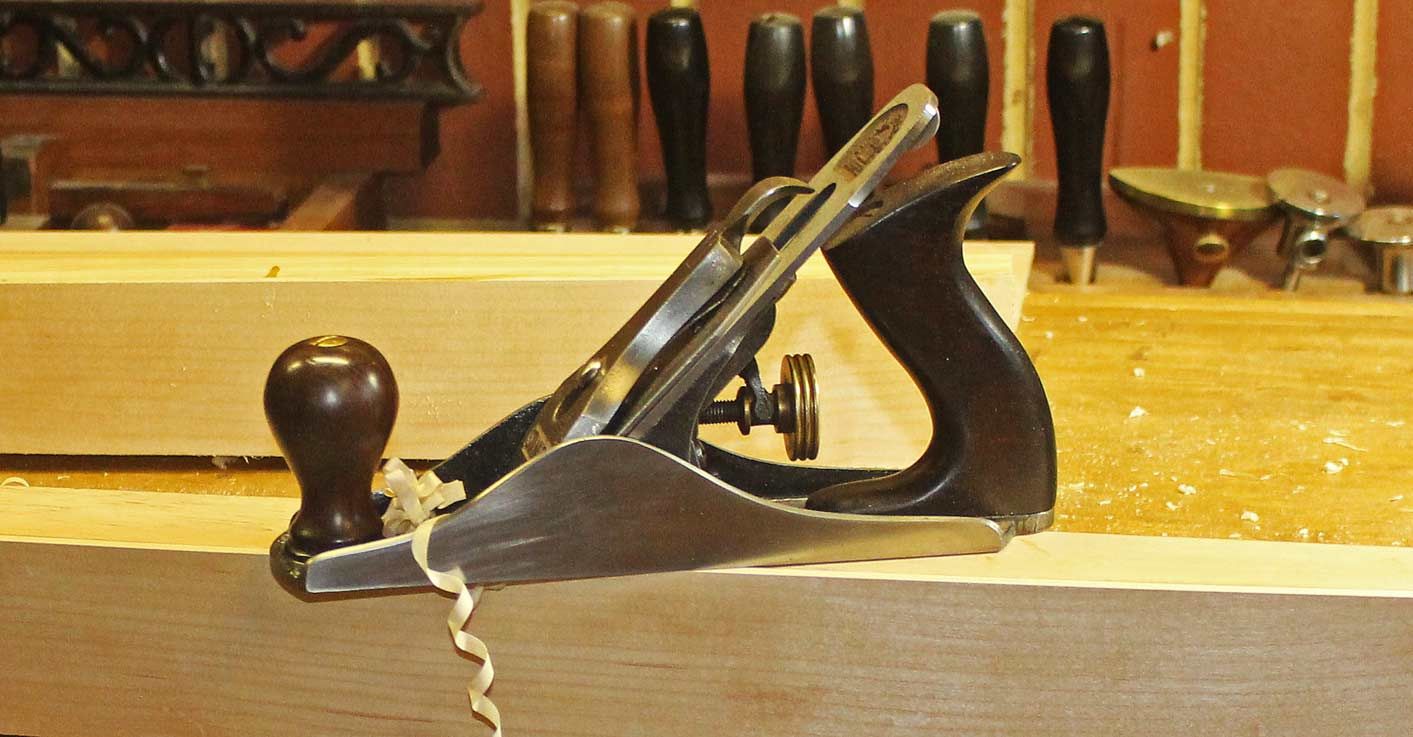I have never had amazing results with my type 9 no. 4 smoother when working figured grain. Even if I set the chip breaker super close, I still experienced tear out. I decided to give a modern blade and chip breaker upgrade a chance. I bought the LV PM-V11 blade and chip breaker a try. I normally set the frog such that the ramp is co-planer with the slope of the back side of the mouth. However, to get the thicker blade and tightly set chip breaker to project, I had to backup the frog a bit. This feels wrong, as now the blade is not riding on the full length of the frog's ramp.
I got great results, but it feels wrong. I probably need to open up the mouth of the plane a bit so I can move the frog closer to the front and allow the blade to rest fully on the ramp.
Am I correct in thinking it is better to support the blade by the full face of the frog ramp rather than have it supported by the back of the mouth and one point of contact on the frog?





 Reply With Quote
Reply With Quote







